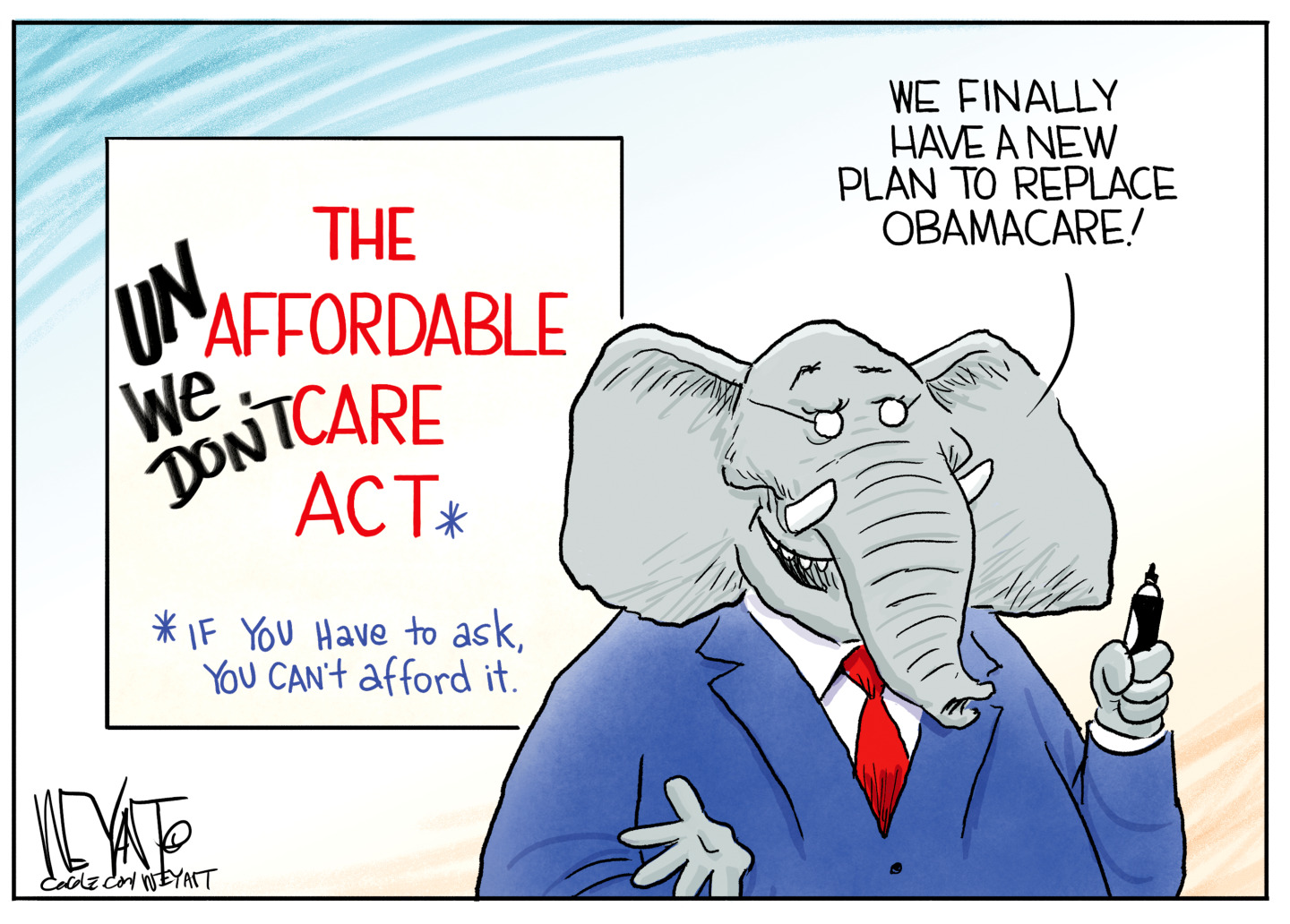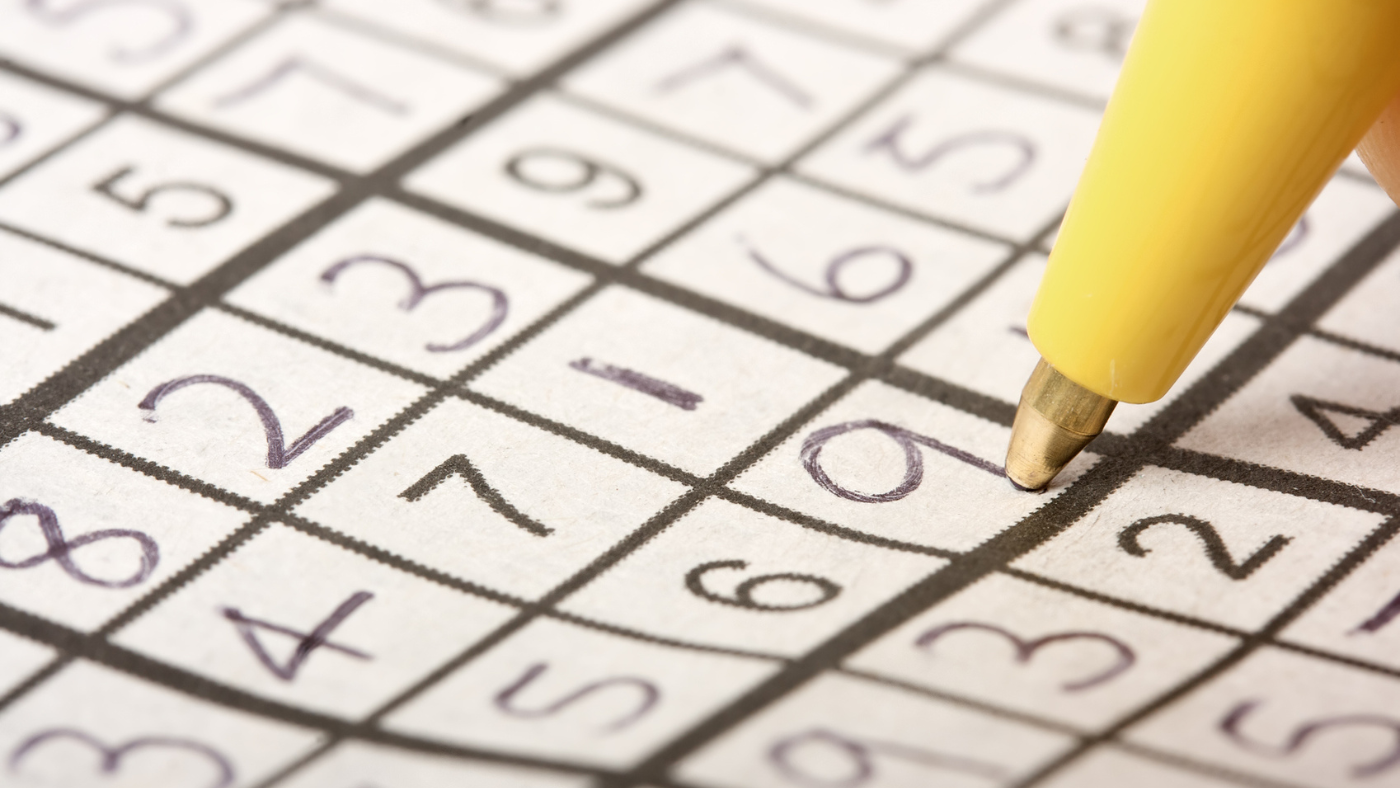What is the Federal Reserve and what does it do?
The decisions made by the United States' central banking system have very real economic effects


The Federal Reserve has likely come across your radar at some point. Often referred to as simply "the Fed," this central banking system of the United States typically meets eight times a year to make interest rate–related decisions, which often result in a slew of headlines and fodder from economic experts, alongside very real economic effects.
Since President Trump took office, the Federal Reserve has gotten even more airtime, as Trump has questioned the Fed's authority and criticized its decisions. But what actually is the Federal Reserve, and what does it do?
What is the Federal Reserve?
The Federal Reserve System — also known as the Federal Reserve or the Fed — is the central bank of the United States, which "sets policies to keep the economy steady and controls the money supply, among other responsibilities," said NerdWallet. Established in 1913, it is "an independent government agency accountable to Congress and U.S. citizens," said Yahoo Finance.
The Week
Escape your echo chamber. Get the facts behind the news, plus analysis from multiple perspectives.

Sign up for The Week's Free Newsletters
From our morning news briefing to a weekly Good News Newsletter, get the best of The Week delivered directly to your inbox.
From our morning news briefing to a weekly Good News Newsletter, get the best of The Week delivered directly to your inbox.
What is the structure of the Fed?
Rather than being a single entity, as is the case for central banks in many other countries, the Fed is comprised of three parts, each serving a distinct function:
The Federal Reserve Board of Governors: This portion of the Fed, based in the District of Columbia, "oversees the decentralized network of 12 Federal Reserve Banks as well as the general goals of the Fed," said NerdWallet. It is made up of "seven members called governors whom the U.S. president nominates and the Senate confirms."
12 Federal Reserve Banks: These reserve banks, located in 12 cities throughout the U.S., "serve as regulators of various financial institutions, lenders of last resort for banks that lack enough money in reserves and operators of U.S. payments for both Automated Clearing House and wire transfers," in addition to acting as "the government's bank," said NerdWallet.
The Federal Open Market Committee (FOMC): This is the group, made up of "the members of the Board of Governors and four presidents of the Federal Reserve Banks," that meets "at least eight times a year to vote on monetary policy decisions such as interest rates," said MorningStar.
A free daily email with the biggest news stories of the day – and the best features from TheWeek.com
What are the Federal Reserve's responsibilities?
The monetary policy goals of the Federal Reserve "are twofold: to foster economic conditions that achieve stable prices and maximum sustainable employment," said Investopedia.
In service to those goals, the Fed has the following responsibilities:
Conduct monetary policy, which "primarily refers to the Fed's interest rate decisions, which help steer the U.S. economy," said Bankrate.
Ensure the financial markets run smoothly, by "maintaining financial system stability and containing systemic risk," said Investopedia.
Oversee the nation's banks "to ensure those institutions are financially sound and following existing laws or regulations," and that consumers are adequately protected, said Bankrate.
Provide financial services, "including a pivotal role in operating the national payments system, depository institutions, the U.S. government and foreign official institutions," said Investopedia.
Becca Stanek has worked as an editor and writer in the personal finance space since 2017. She previously served as a deputy editor and later a managing editor overseeing investing and savings content at LendingTree and as an editor at the financial startup SmartAsset, where she focused on retirement- and financial-adviser-related content. Before that, Becca was a staff writer at The Week, primarily contributing to Speed Reads.
-
 Received a gift card this holiday season? Here’s how to maximize it.
Received a gift card this holiday season? Here’s how to maximize it.The Explainer Make the most of your present
-
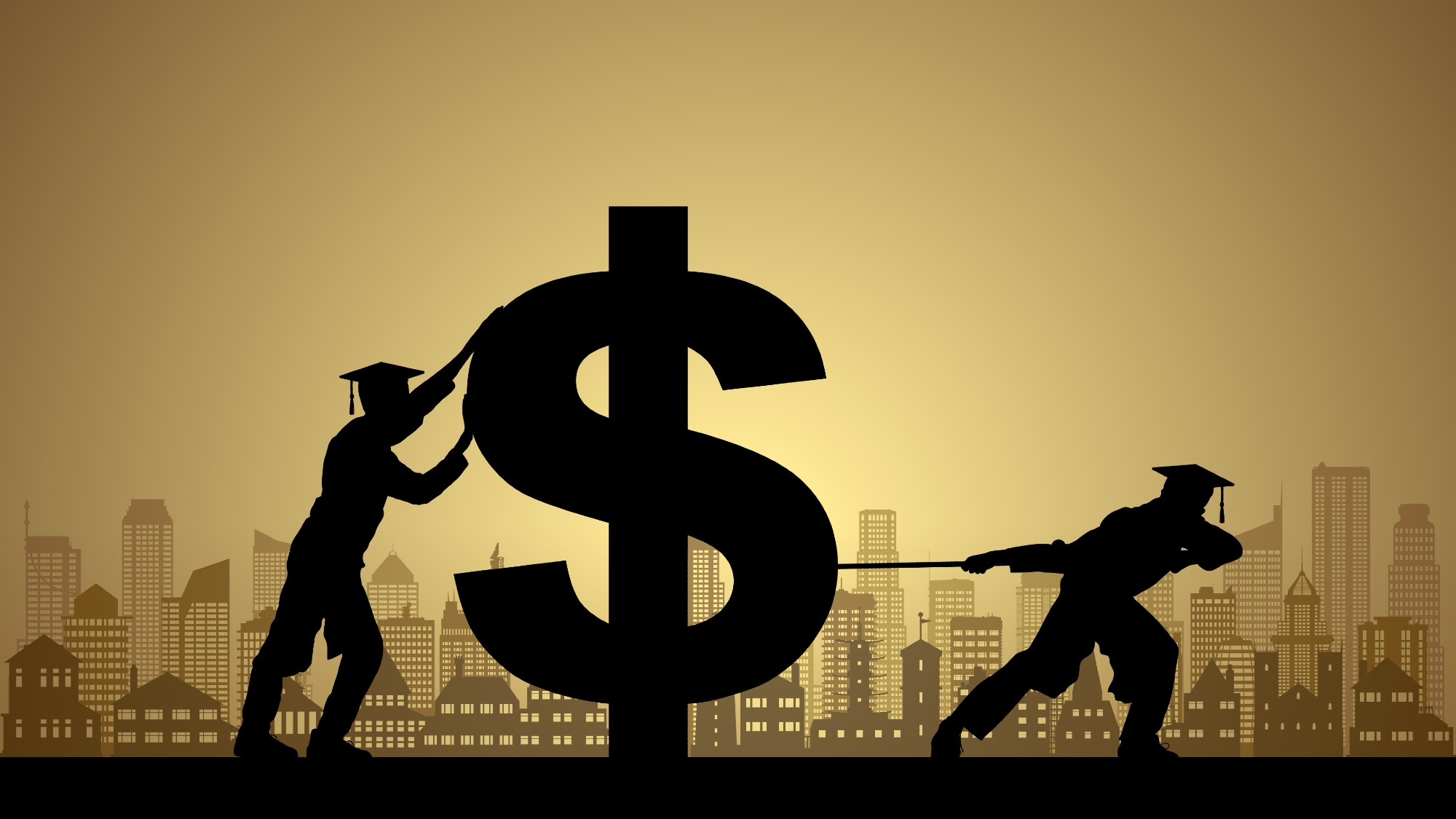 Who will the new limits on student loans affect?
Who will the new limits on student loans affect?The Explainer The Trump administration is imposing new limits for federal student loans starting on July 1, 2026
-
 3 ways to reduce the cost of owning a car
3 ways to reduce the cost of owning a carthe explainer Despite the rising expense of auto insurance premiums and repairs, there are ways to save
-
 How to shop smarter with a grocery budget
How to shop smarter with a grocery budgetThe Explainer No more pushing your cart down the aisles on autopilot
-
 What will next year’s housing market look like?
What will next year’s housing market look like?The Explainer Here is what to expect from mortgage rates and home prices in 2026
-
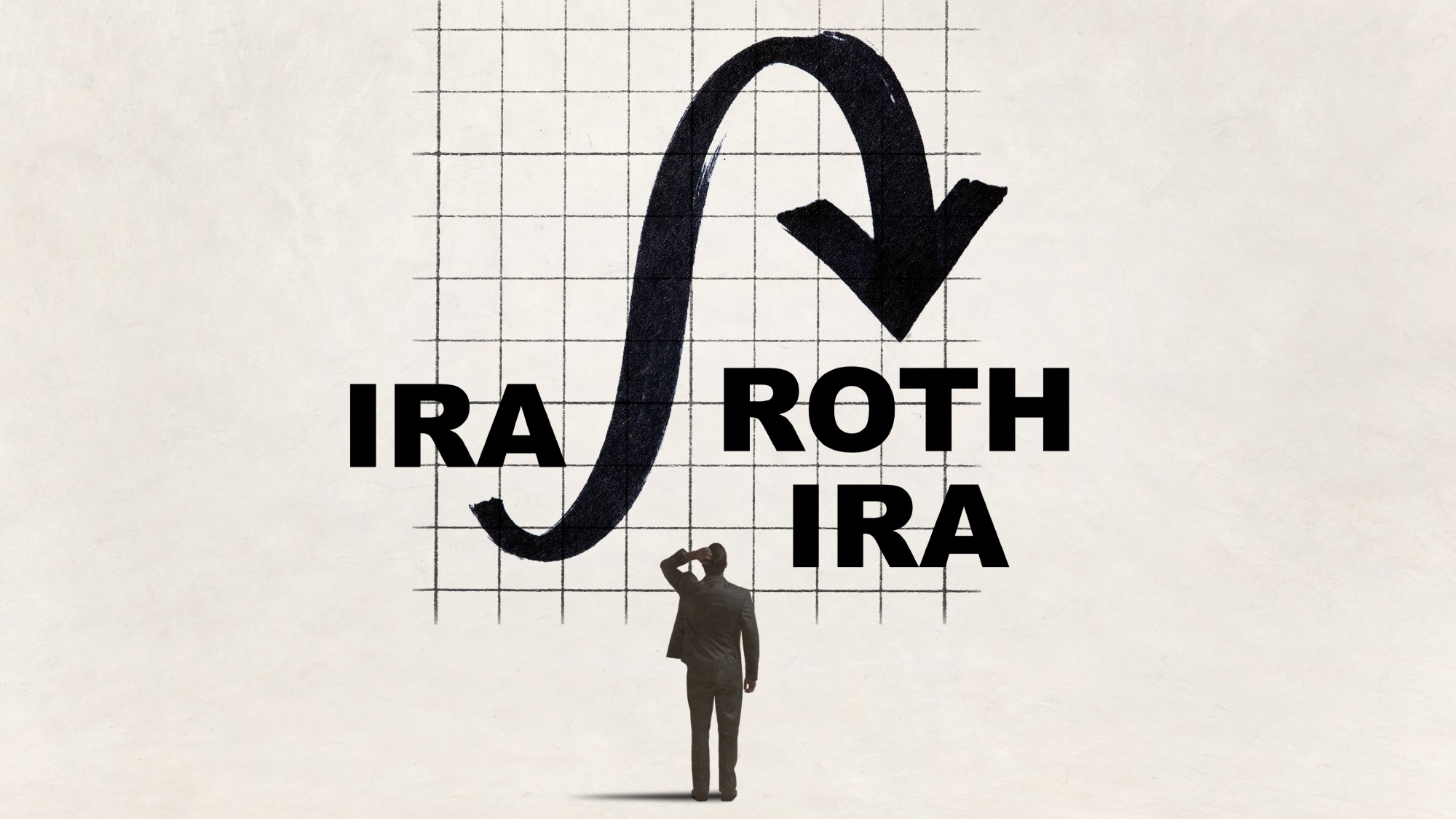 What are the pros and cons of a Roth conversion for retirement?
What are the pros and cons of a Roth conversion for retirement?Pros and Cons By converting a traditional IRA to a Roth IRA, retirees can skip paying taxes on their withdrawals
-
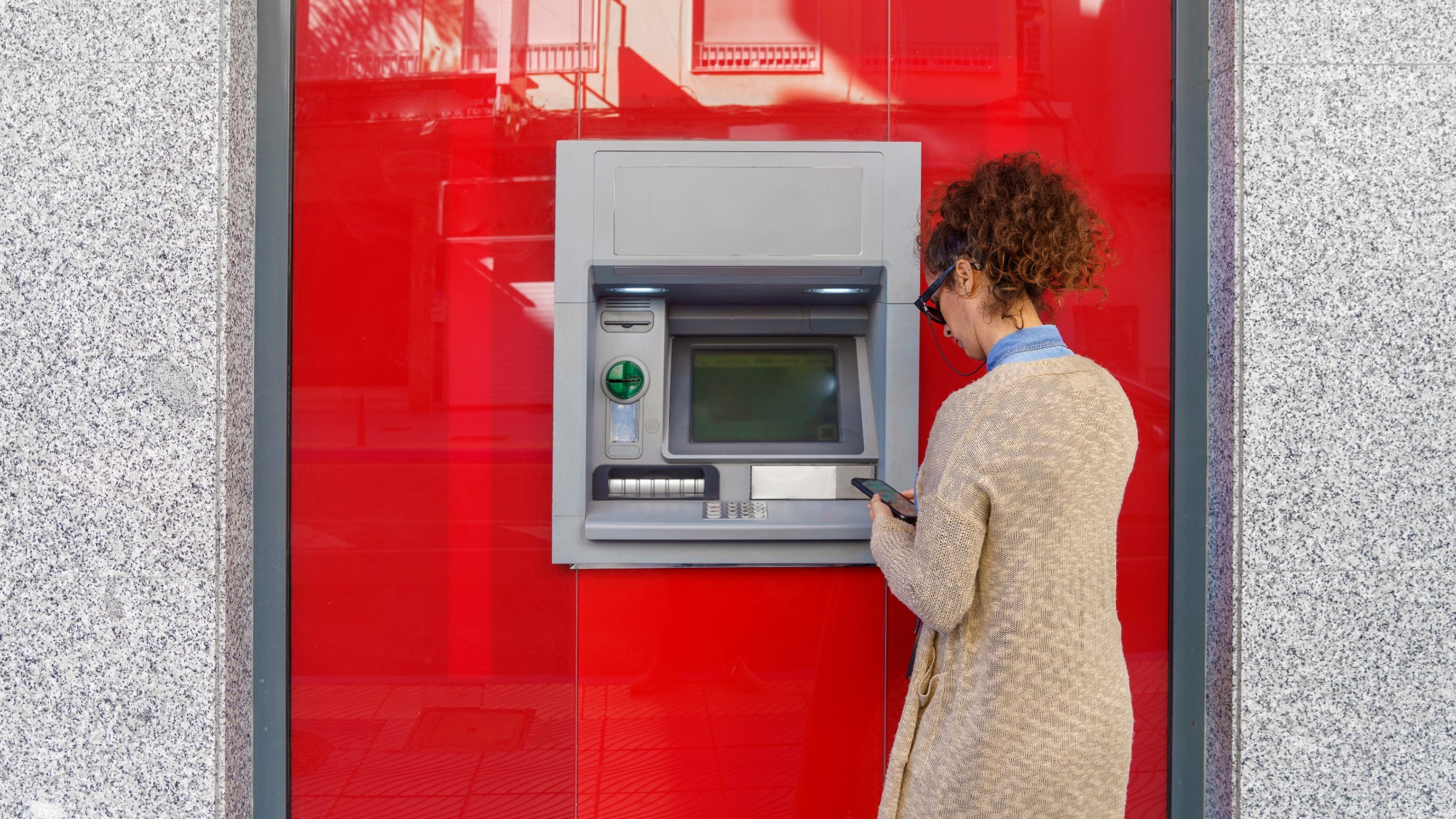 4 easy tips to avoid bank fees
4 easy tips to avoid bank feesThe Explainer A few dollars here and there might seem insignificant, but it all adds up
-
 4 often overlooked home maintenance tasks that could cost you later
4 often overlooked home maintenance tasks that could cost you laterThe Explainer A little upkeep now can save you money down the road

